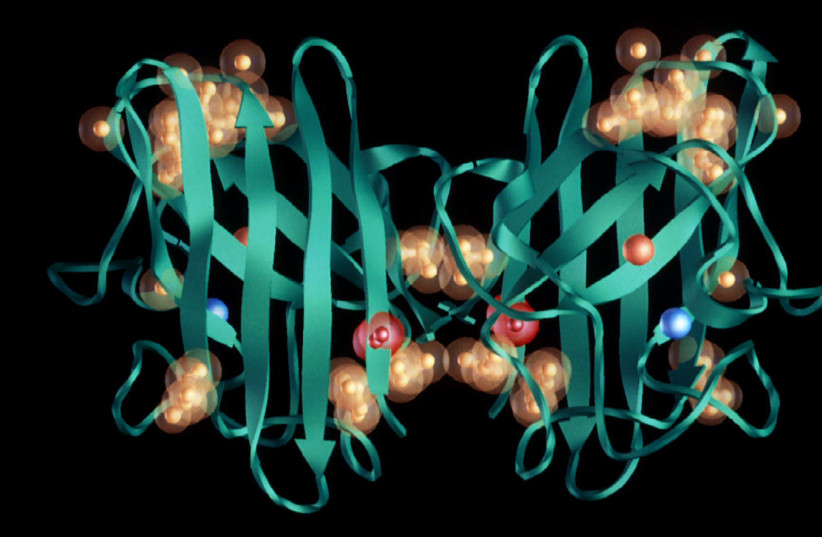
Is it possible that along with other known kill agents, that we are also seeing snake venom added as well? That happens to be the effective result.
My key point is that all these agencies produce all the observed symtoms as well as the death rate as well.
Just why do we have to be discovering all this after the fact? This is actually proof of plausible criminal intent. such a cocktail will kill and initially kill mostly the elderly. It is also completely possible that this act of WAR was misrepresented to decision makers. It would be nasty if the Chinese population collapsed to under 300,000,000. I already know it is on the way to less than 500,000,000 and this bad idea will knock even that down.
Does this enzyme raise the chance of COVID-related death?
Researchers discovered an enzyme that is genetically related to a key enzyme in snake venom and was found in COVID-19 fatalities in doses 20 times the safe amount.
SEPTEMBER 4, 2021 19:37
https://www.jpost.com/science/does-this-enzyme-raise-the-chance-of-covid-related-death-678710
A study from the University of Arizona discovered that an enzyme with a key role in severe inflammation may be a vital mechanism in COVID-19 severity and could provide a new target for medicine development.
The researchers collaborated with Stony Brook University and Wake Forest School of Medicine to analyze blood samples from two COVID-19 patients and discovered that the circulation of the sPLA2-11A enzyme may be an important method in predicting which patients would die of COVID-19.
At high levels, the enzyme has the ability to "shred" the membranes of vital organs.

"It's a bell-shaped curve of disease resistance versus host tolerance," said Floyd (ski) Chilton, senior author on the paper and director of the UArizona Precision Nutrition and Wellness Initiative at the university. "In other words, this enzyme is trying to kill the virus, but at a certain point it is released in such high amounts that things head in a really bad direction, destroying the patient's cell membranes and thereby contributing to multiple organ failure and death."
"The idea to identify a potential prognostic factor in COVID-19 patients originated from Dr. Chilton," said Maurizio Del Poeta, a co-author of the study. "He first contacted us last fall with the idea to analyze lipids and metabolites in blood samples of COVID-19 patients."
The research team analyzed thousands of patient data points. The team focused on traditional risk factors like age, body mass index and preexisting conditions, but they also focused on biochemical enzymes and patients' levels of lipid metabolites.

COVID-19 cell (credit: BAR ILAN UNIVERSITY)
"In this study, we were able to identify patterns of metabolites that were present in individuals who succumbed to the disease," said Justin Snider, an assistant research professor at the University of Arizona and lead study author. "The metabolites that surfaced revealed cell energy dysfunction and high levels of the sPLA2-11A enzyme. The former was expected but not the latter."
The analysis showed that most healthy people have approximately half a nanogram of the enzyme per milliliter, 63% of people who had severe COVID-19 and died had more than 10 nanograms per milliliter.
"Some of the patients who died from COVID-19 had some of the highest levels of this enzyme that have ever been reported," said Chilton.
Previous research into the enzyme shows that it has similar genetic ancestry to a key enzyme contained in snake venom.
"Like venom coursing through the body, [the enzyme] has the capacity to bind to receptors at neuromuscular junctions and potentially disable the function of these muscles," said Chilton.
"Roughly a third of people develop long COVID, and many of them were active individuals who now cannot walk 100 yards," he added. "The question we are investigating now is: if this enzyme is still relatively high and active, could it be responsible for part of the long COVID outcomes that we're seeing?"
No comments:
Post a Comment